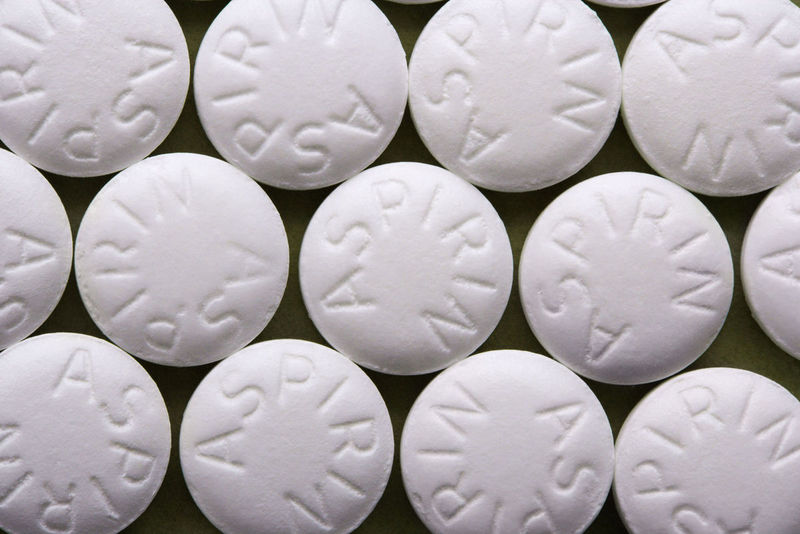
Overall rates of cancer and deaths from cancer in the United States continue to decline, a newly released report says.
However, an increase in liver cancer deaths is cause for concern, the report authors noted. An increase in hepatitis C infections is likely a major reason for the increase, they said.
“The latest data show many cancer prevention programs are working and saving lives,” Dr. Tom Frieden, director of the U.S. Centers for Disease Control and Prevention, said in a news release from the organizations that issued the report.
“But the growing burden of liver cancer is troublesome. We need to do more work promoting hepatitis testing, treatment, and vaccination,” Frieden added.
The Report to the Nation on the Status of Cancer is released each year by the American Cancer Society, the U.S. Centers for Disease Control and Prevention, the National Cancer Institute (NCI), and the North American Association of Central Cancer Registries.
Between 2003 and 2012, the overall death rate for all cancers fell 1.5 percent a year. There were decreases in cancer deaths for both men and women, and among all major racial and ethnic groups.
During that time, rates of new cancer cases fell among men and remained stable for women. The drop in new cancer cases is largely due to progress in prevention and early detection, and the decrease in cancer deaths may also be due to improved treatments, the experts suggested.
Tobacco control programs have contributed to lower rates of lung cancer, the leading cause of cancer death in the United States, along with other types of cancer, according to the report.
While the overall news is good, liver cancer incidence and death rates rose sharply compared to other cancer types, the report revealed.
Between 2008 and 2012, liver cancer cases rose an average of just over 2 percent a year, the findings showed. Liver cancer deaths increased nearly 3 percent a year among men and more than 3 percent a year among women during the same time. In all racial and ethnic groups, about twice as many men as women were diagnosed with liver cancer, the report noted.
Between 2008 and 2012, liver cancer rates were highest among American Indian/Alaska Native men and Asian/Pacific Islander men.
In addition, the findings showed that people born between 1945 and 1965 had the highest rates of hepatitis C and liver cancer-associated deaths.
“Research over the past decades has led to the development of several vaccines that, given at the appropriate ages, can reduce the risk of some cancers, including liver cancer,” Dr. Douglas Lowy, acting director of the U.S. National Cancer Institute, said in the news release.
“Determining which cancers can be effectively prevented by vaccines and other methods is one of our top priorities at NCI, and one which we believe will truly make a difference in cancer incidence and mortality trends,” Lowy added.
A major contributing factor to liver cancer in the United States is hepatitis C infection, which accounts for just over 20 percent of the most common liver cancers. People born between 1945 and 1965 have a six times increased risk of hepatitis C infection and the CDC recommends they be tested for it.
Diagnosis and treatment of hepatitis C infection can greatly reduce the risk of liver cancer. Hepatitis B infection can also increase the risk of liver cancer, and is a common risk factor among Asian/Pacific Islanders, especially Asians who weren’t born in the United States. Obesity, type 2 diabetes and excessive alcohol use are also linked to an increased risk of liver cancer, the report said.
“We have the knowledge and tools available to slow the epidemic of liver cancer in the U.S., including testing and treatment for hepatitis C virus, hepatitis B vaccination, and lowering obesity rates,” said Dr. Otis Brawley, chief medical officer of the American Cancer Society.
“We hope that this report will help focus needed attention and resources on liver cancer,” he added.
More information
The American Cancer Society has more on liver cancer.
Source: HealthDay

Leave a Reply